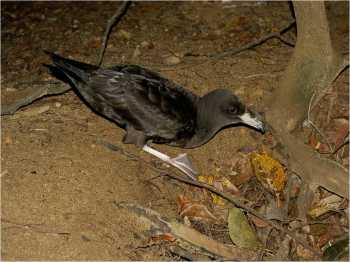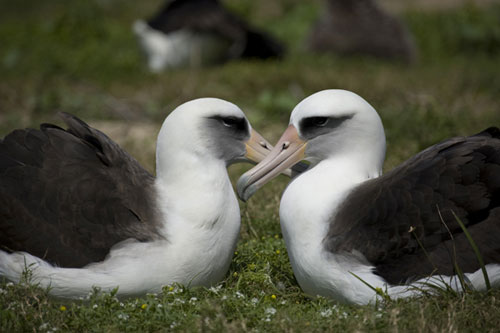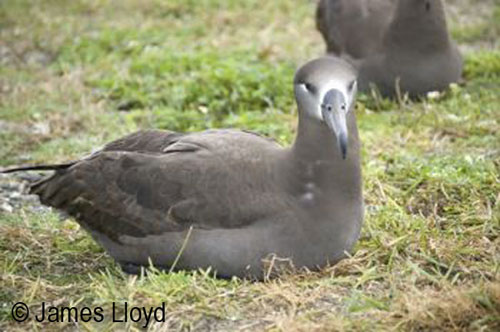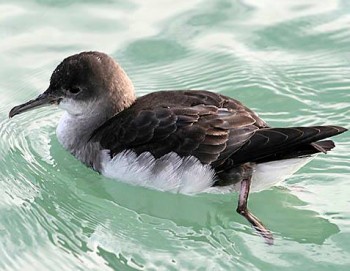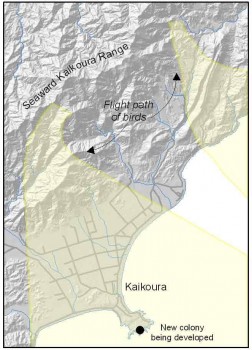Dimas Gianuca (Environment and Sustainability Institute, University of Exeter, Penryn, UK) and colleagues have published in the journal Biological Conservation on making a global assessment of seabird bycatch by sex and age.
The paper’s abstract follows:
Fisheries bycatch is a major threat to seabird populations, and understanding sex- and age-biases in bycatch rates is important for assessing population-level impacts. We analysed 44 studies to provide the first global assessment of seabird bycatch by sex and age, and used generalised models to investigate the effects of region and fishing method. Bycatch was highly biased by sex (65% of 123 samples) and age (92% of 114 samples), with the majority of samples skewed towards males and adults. Bycatch of adults and males was higher in subpolar regions, whereas there was a tendency for more immatures and females to be killed in subtropical waters. Fishing method influenced sex- and age-ratios only in subpolar regions. Sex- and age-biases are therefore common features of seabird bycatch in global fisheries that appear to be associated largely with differences in at-sea distributions. This unbalanced mortality influences the extent to which populations are impacted by fisheries, which is a key consideration for at-risk species. We recommend that researchers track individuals of different sex and age classes to improve knowledge of their distribution, relative overlap with vessels, and hence susceptibility to bycatch. This information should then be incorporated in ecological risk assessments of effects of fisheries on vulnerable species. Additionally, data on sex, age and provenance of bycaught birds should be collected by fisheries observers in order to identify regions and fleets where bycatch is more likely to result in population-level impacts, and to improve targeting of bycatch mitigation and monitoring of compliance.”
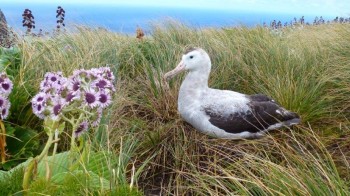
Antipodean Albatross: at risk to long-lining, photograph by Colin O'Donnell
Reference:
Gianuca, D., Phillips, R.A., Townley, S. & Votier, S.C. 2017 Global patterns of sex- and age-specific variation in seabird bycatch. Biological Conservation 205: 60–76.
John Cooper, ACAP Information Officer, 15 December 2016

 English
English  Français
Français  Español
Español 